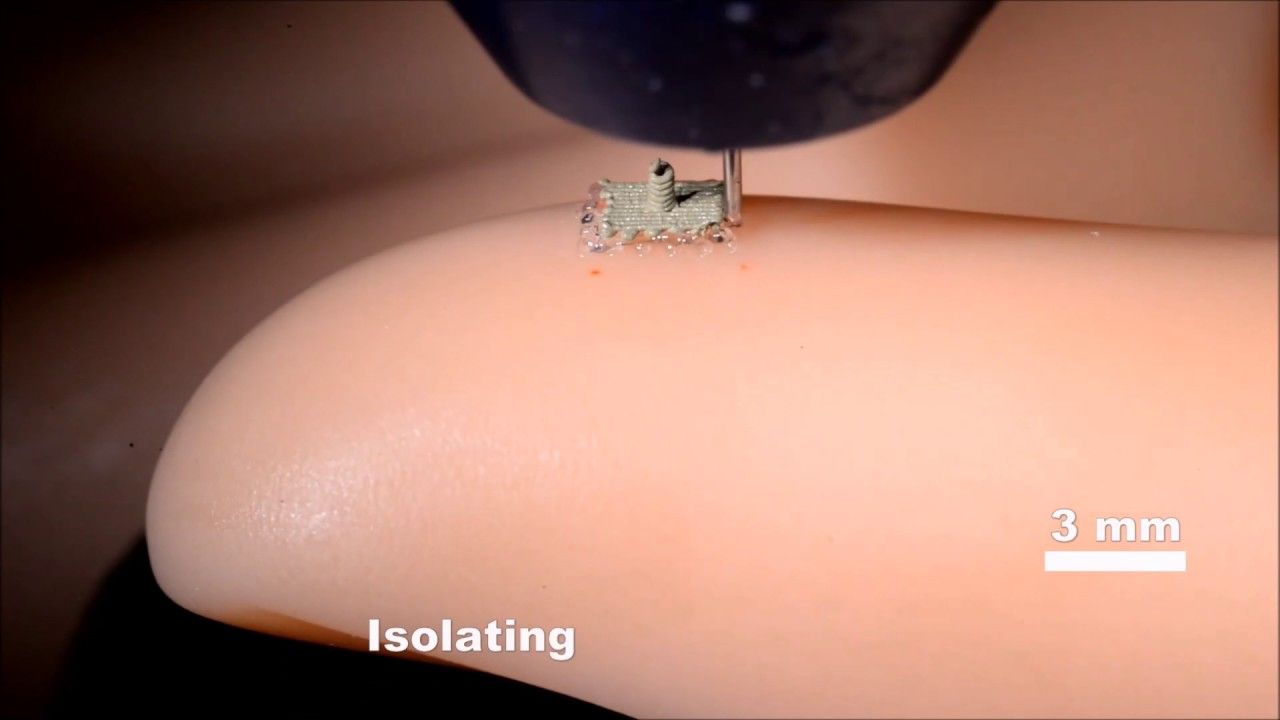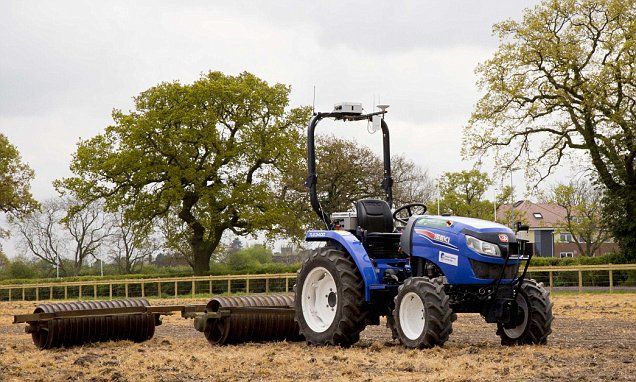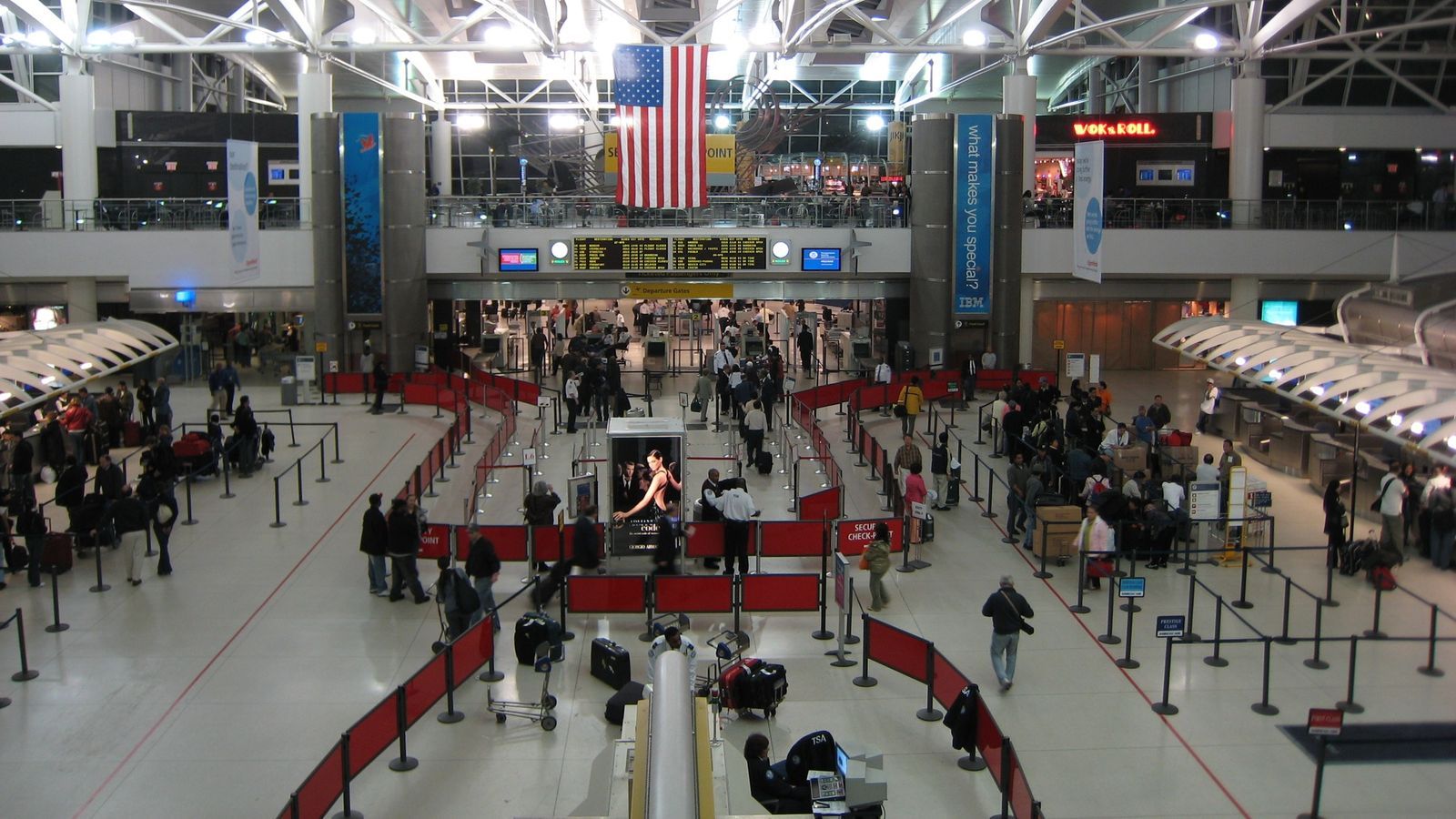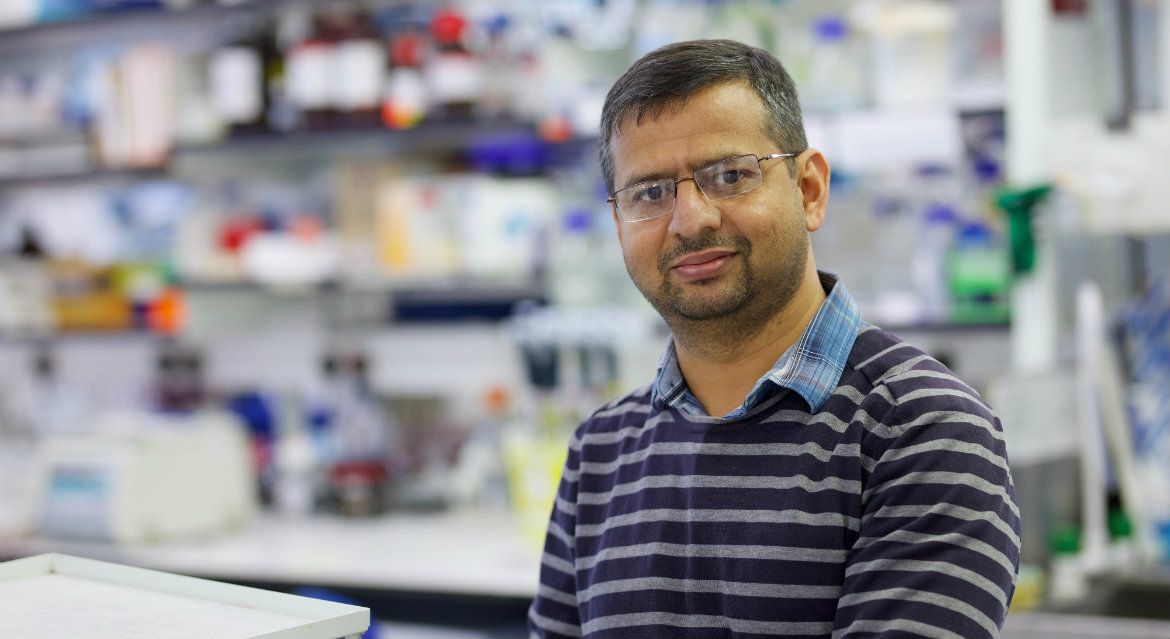Page 10359
May 11, 2017
3D Printing the Way to Bionic Humans
Posted by Carse Peel in categories: 3D printing, biotech/medical, cyborgs, health, transhumanism, wearables

A pressure sensor printed directly on a hand is a step toward new biomedical devices, “on the fly” wearable technology, and more…
(Inside Science) — Wearable technology may soon be at your fingertips — literally. Researchers have developed a pressure sensor that can be 3D printed directly on your hand. The device, sensitive enough to feel a beating pulse, is made from soft, stretchy silicone that conforms to the curves of your fingertip.
May 11, 2017
Project to map human brain from womb to birth releases stunning images
Posted by Carse Peel in category: neuroscience
Scientists hope to understand how conditions such as autism, cerebral palsy and attention deficit disorders arise using thousands images of brain’s wiring.
May 11, 2017
New materials bring quantum computing closer to reality
Posted by Carse Peel in categories: computing, quantum physics
Quantum computing could outsmart current computing for complex problem solving, but only if scientists figure out how to make it practical. A Stanford team is investigating new materials that could become the basis for such an advance.
May 11, 2017
Homeland Security is building a ‘biometric pathway’ for the airport
Posted by Carse Peel in categories: government, privacy, robotics/AI, security, transportation
The US government has rolled out a plan to reshape airport security around facial recognition, playing off a wealth of passport photos and visa applications.
Led by Customs and Border Protection, the plan is built around the Biometric Exit program, which will register visitors leaving the US using facial recognition. But new statements show that CBP’s plans could make facial scans necessary for US citizens as well, documenting them when they reenter the country or pass through TSA checkpoints. The result would eventually grow into an airport-wide system Customs officials call “The Biometric Pathway.”
John Wagner, deputy assistant commissioner at CBP, laid out that vision at the ConnectID conference last week. “We’re going to build this for [Biometric] Exit. We’re out of time, we have to,” Wagner told the crowd. “But why not make this available to everyone? Why not look to drive the innovation across the entire airport experience?”
Continue reading “Homeland Security is building a ‘biometric pathway’ for the airport” »
May 11, 2017
New York is now accepting applications for driverless car tests
Posted by Carse Peel in categories: law, robotics/AI, transportation

Self-driving cars could soon be hitting the streets of the Big Apple, thanks to a new law that allows firms to apply to run trials there.
New York joins a growing list of states that are accepting applications for autonomous vehicle trials.
Continue reading “New York is now accepting applications for driverless car tests” »
May 11, 2017
Hands-free farming: Autonomous tractors and drones grow cereal crops
Posted by Carse Peel in categories: drones, engineering, food, robotics/AI

Future of farming? Driverless tractors and drones attempt to grow crops without humans setting foot on the land in a world first…
Drones are also being used to monitor the crops so agronomists don’t have to enter the field to carry out their observations.
Continue reading “Hands-free farming: Autonomous tractors and drones grow cereal crops” »
May 11, 2017
Sherlock Holmes style AI VALCRI solves crimes
Posted by Carse Peel in category: robotics/AI

Move over Sherlock: AI detective Valcri solves crimes using deductions made from MILLIONS of pieces data…
A super-sleuth AI system created by scientists at the University of Middlesex in London scans millions of police files to suggest how and why a crime happened, all at the click of a button.
Continue reading “Sherlock Holmes style AI VALCRI solves crimes” »
May 11, 2017
Why Zoltan Istvan Isn’t a True Libertarian
Posted by Zoltan Istvan in categories: geopolitics, life extension, robotics/AI, transhumanism

A critical article on my work by The Rouser with some mangled facts in it for effect. But still worth reading: https://rousernews.com/2017/05/08/why-zoltan-istvan-isnt-a-true-libertarian/ #libertarian #transhumanism
Zoltan Istvan is a journalist and blogger who strongly supports transhumanism, a concept that promotes the idea that humans can utilize the advancement of technology in order to live forever. His rise to stardom began after writing a controversial sci-fi novel called The Transhumanist Wager, but he is also well known due to some of his rather outlandish statements. In 2016, Istvan ran as an independent candidate for president with very little support. He is now running for California governor as a libertarian, and though he is promising a libertarian platform, some of his ideals and scientific views seem to promote another worldview. This could be because he lacks experience of either a scientific or political background.
Continue reading “Why Zoltan Istvan Isn’t a True Libertarian” »
May 11, 2017
‘Protein missile’ raises possibility of disease breakthroughs
Posted by Steve Hill in categories: biotech/medical, neuroscience
A new tool to address loss of proteostasis and destroy target proteins. It could potentially be used to destroy amyloids in Alzheimer’s, Parkinson’s, ALS, heart disease and amyloidosis which are driven by misfolded protein aggregation.
A new therapy could be the basis for addressing one of the primary reasons we age, loss of proteostasis and the resulting accumulation of Amyloidosis. Alzheimer’s, Parkinson’s, Amloidosis, Lipofuscin and so on could all potentially be targets for this technique.
“University of Dundee researchers have shown that it is possible to rapidly target and destroy specific proteins in cells, raising the possibility of developing new ways of targeting ‘undruggable’ proteins in diseases.”
Continue reading “‘Protein missile’ raises possibility of disease breakthroughs” »













